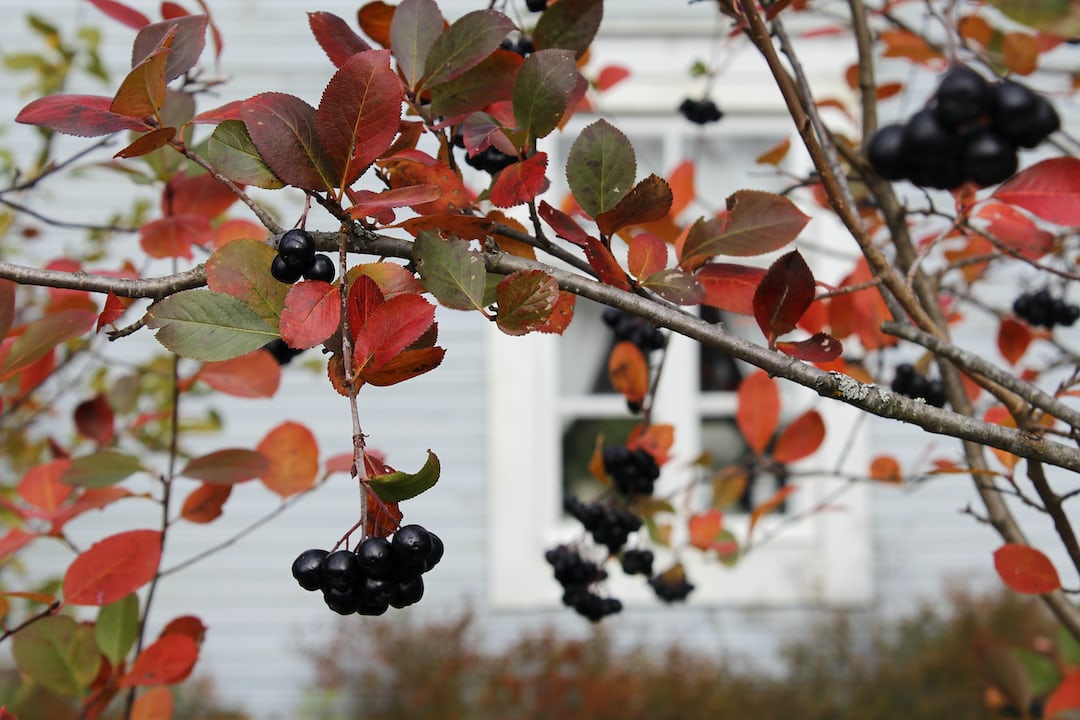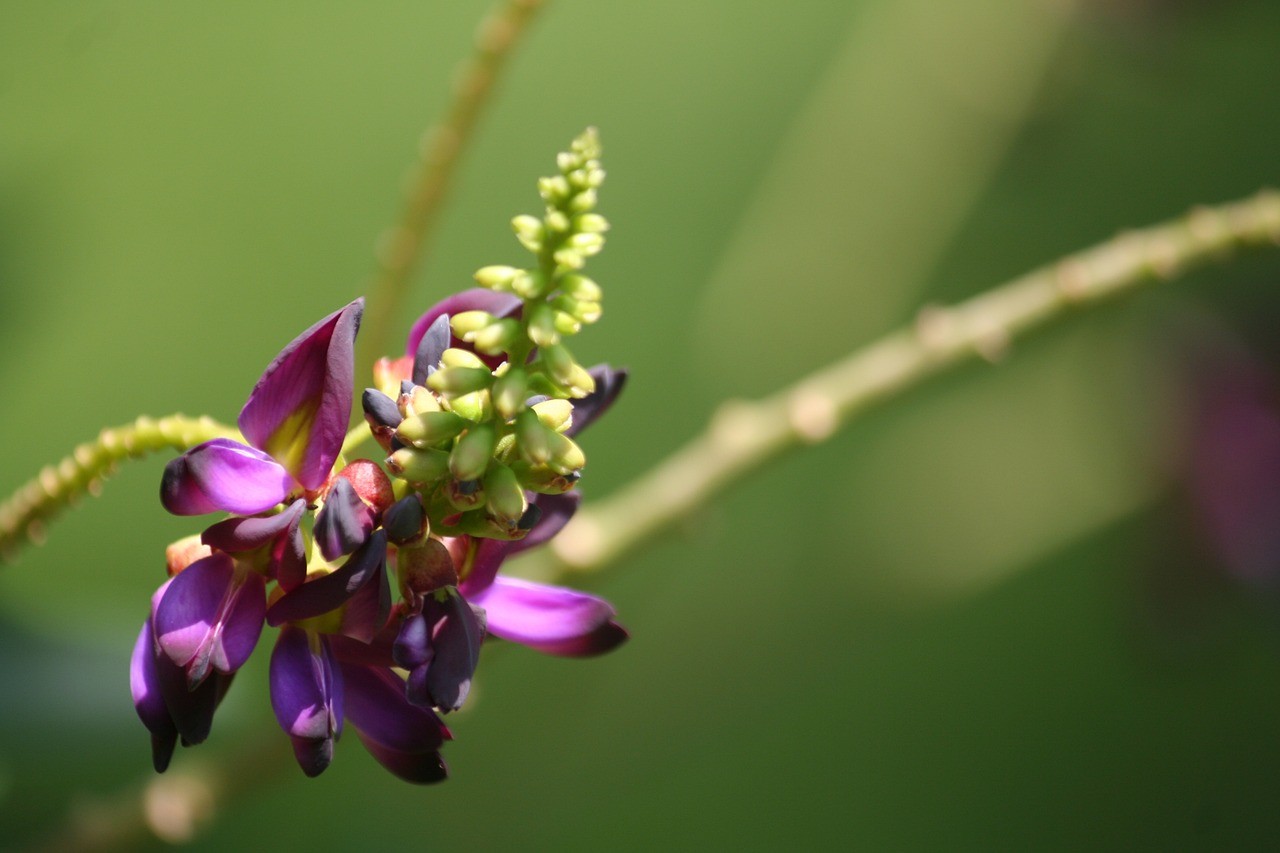Growing Chokeberry: A Guide To Cultivating A Nutritious Superfruit
Updated on
November 21, 2023

Growing Chokeberry
Growing chokeberry is a fun and rewarding experience, for not only does this plant yield an abundance of edible fruit, but it also produces deliciously sweet and tart-tasting morsels. The plant is commonly used for making jams, jellies, juice, and other dishes. Chokeberry is also incredibly easy to cultivate and maintain, making it an ideal addition to any home garden.
Follow us to keep learning!
Cheatsheet: Growing Chokeberry
Planting
🌱 Need moist soil
🌱 Thrive in full sun or partial shade, adapt to different climates
🌱 Start from seed or purchase young plants
Growing
🌿 Prune yearly to maintain shape
🌿 Reduce pests with companion plants like marigolds
🌿 Expect mature plant in 2-3 years
Nutrition
🍒 Loaded with antioxidants
🍒 Packed with vitamins C, A, and E
🍒 High fiber content
🍒 Boosts immune system
Harvesting
🌿 Berries ripen in late summer to early fall
🌿 Harvest when firm and dark purple
🌿 Use fresh or freeze for year-round supply
🌿 Ideal for jams, teas, and baked goods
Benefits
✅ Improves heart health
✅ Reduces inflammation
✅ Supports healthy digestion
✅ Boosts brain function
Self-Sufficiency
💪 Easy to grow, low maintenance
💪 Abundant crop for personal use
💪 Reduce dependence on store-bought superfoods
💪 Enjoy the satisfaction of growing your own nutritious food
When it comes to cultivating nutritious superfruits in your own garden, growing chokeberry is a no-brainer. These delectable berries are packed with antioxidants, vitamins, and minerals that will boost both your health and your garden's output. I've been growing chokeberry for years, and let me tell you, it's one of the most rewarding crops I've ever grown.
Why Chokeberry?
If you're looking for a fruit that packs a punch, chokeberry is the way to go. Praised for its high levels of antioxidants, chokeberries are known to promote cardiovascular health, boost the immune system, and even reduce inflammation. Plus, they're rich in vitamins C, E, and K, as well as potassium, iron, and fiber. Talk about a nutritional powerhouse!
Getting Started
Growing chokeberry starts with selecting the right variety. There are two main types: the black chokeberry (Aronia melanocarpa) and the red chokeberry (Aronia arbutifolia). Both are relatively easy to grow, but it's important to note that the black variety tends to be more cold hardy. Pick a sunny spot in your garden with well-draining soil, and you're good to go.
Planting and Care
When it comes to planting chokeberry, timing is key. Late fall or early spring is the best time to get these babies in the ground. Dig a hole slightly larger than the root ball, making sure to space multiple plants at least 6 feet apart. Mix in some compost or well-rotted manure to improve soil fertility, and water them regularly, especially during the first year.
Pruning and Maintenance
Chokeberry bushes are relatively low-maintenance, but pruning is essential for optimal growth and berry production. In late winter or early spring, before new growth starts, remove any dead or damaged branches. You can also thin out some of the older branches to encourage new growth and better air circulation. Mulching around the base of the plants will help retain moisture and keep weeds at bay.
Harvesting and Enjoying
Now comes the exciting part: harvesting your chokeberries! The fruits ripen in late summer or early fall, starting off green and gradually turning dark red or black. Give them a gentle tug, and if they come off easily, they're ready to be picked. You can eat chokeberries fresh, use them in delicious jams, or add them to smoothies or pies.
Did you know that chokeberries contain higher levels of antioxidants than blueberries, cranberries, and even goji berries? It's true! These little powerhouses are a true gift from nature.
Final Tips
- Chokeberries are a favorite snack for birds, so consider netting your plants during harvest season to protect your precious fruits.
- If you're planning to make chokeberry jam, be aware that these berries are naturally low in pectin. Consider adding some pectin or combining them with other high-pectin fruits for a better consistency.
- Remember that chokeberries are quite tart, so you may want to add a sweetener when enjoying them fresh or using them in recipes.
So, what are you waiting for? Start growing chokeberry in your garden, and embrace the benefits of this nutritious superfruit. Not only will your taste buds thank you, but your body will too. Happy gardening!
Frequently Asked Questions
1. How do I grow chokeberry?
Plant chokeberry in well-drained soil and provide full sun or partial shade. Water regularly and prune annually to encourage growth.
2. When is the best time to plant chokeberry?
Spring or fall is the ideal time to plant chokeberry.
3. How much sunlight does chokeberry need?
Chokeberry thrives in full sun or partial shade, so provide at least 4-6 hours of direct sunlight daily.
4. What type of soil does chokeberry prefer?
Chokeberry thrives in well-drained soil, but it can tolerate a variety of soil types. Aim for a slightly acidic soil pH between 5.0 and 6.5.
5. How often should I water chokeberry?
Keep the soil consistently moist but not waterlogged. Water regularly, especially during dry periods, ensuring the plant receives about 1 inch of water per week.
6. How tall and wide does chokeberry grow?
Chokeberry typically grows to a height of 3-8 feet and spreads about 3-6 feet wide.
7. Does chokeberry require pruning?
Yes, chokeberry benefits from annual pruning to remove dead or damaged branches and to promote better air circulation. Prune in late winter or early spring before new growth begins.
8. Is chokeberry susceptible to any diseases or pests?
Chokeberry is generally resistant to diseases and pests, making it a low-maintenance plant. However, keep an eye out for occasional leaf spot or aphid infestations.
9. How long does it take for chokeberry to produce fruit?
Chokeberry usually starts producing fruit within 2-3 growing seasons, yielding a full harvest by the fourth year.
10. Can I grow chokeberry in containers?
While chokeberry can tolerate container gardening, it's best suited for open ground planting due to its eventual size and spreading nature.
Chokeberry is an incredibly rewarding plant to grow for all sorts of reasons. Its colorful, edible berries attract wildlife, it is disease and pest-resistant and is known as a superfood for its high concentrations of antioxidants and vitamins. Its lovely, bright foliage brightens any garden, and is adaptable to different growing conditions. Chokeberry is also easy to maintain and harvest, making it a great choice for beginner gardeners. Grow it for its amazing health and environmental benefits, and for the beautiful addition to your garden.





